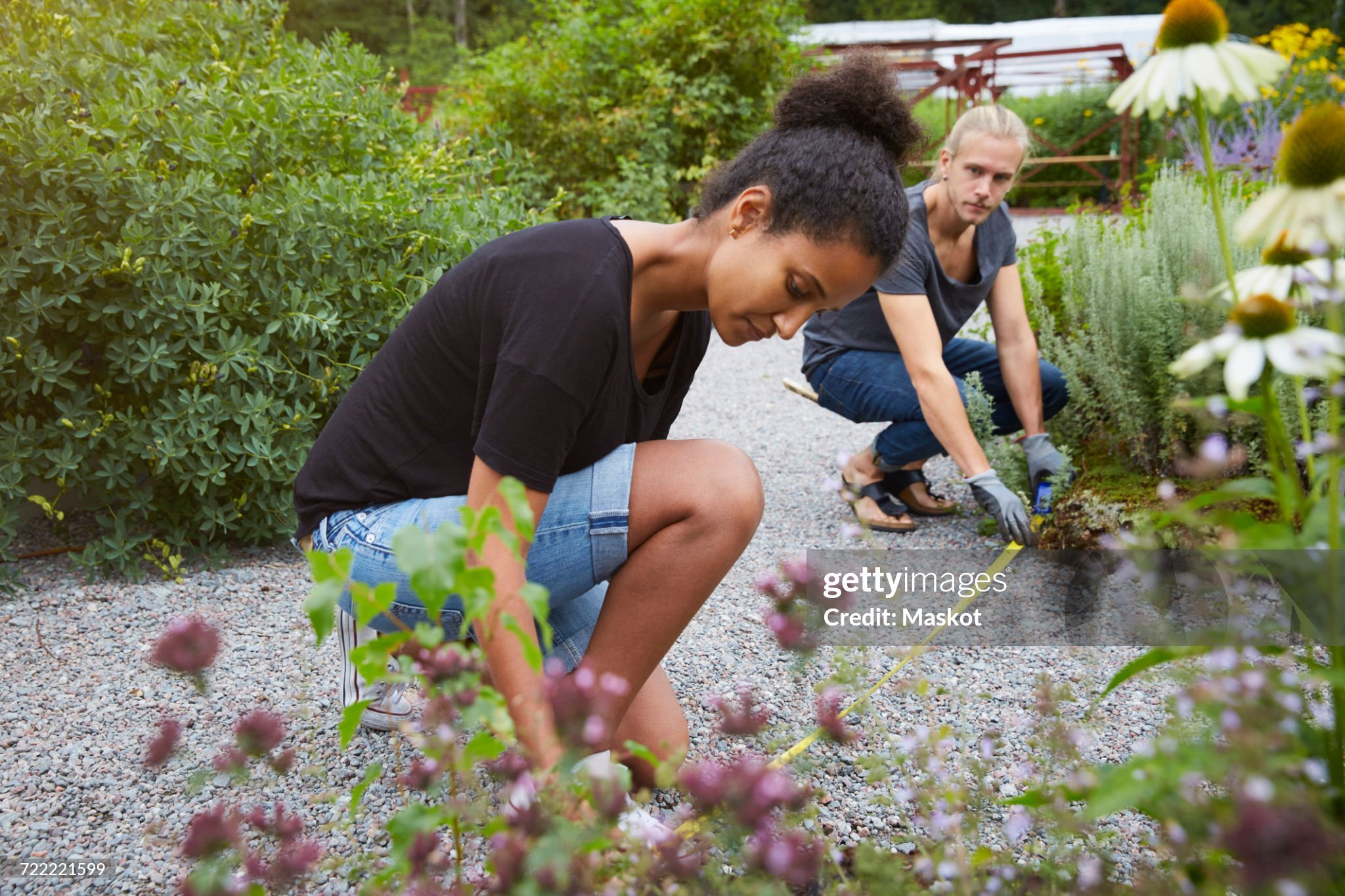
Removing an old lawn is often necessary to plant new grass or build a new outdoor structure. Find out what to budget for your lawn removal cost.


The amount of sod you need is determined by the total square footage of your lawn.
You can order sod in three ways—by the pallet, piece, or roll.
Each type of sod varies in square footage by type and company.
The average cost of sod is $1 to $6 per square foot.
Having a pristine lawn requires professionally installed sod. Knowing the size of your lawn can help you budget and plan for the installation. This sod calculator tells you how much sod you need to purchase.
Knowing the total square footage of your lawn and the number of square feet of sod gives you an accurate estimate of how much sod your lawn needs. Sod comes in three different types, including by the pallet, piece, and roll. Refer to the table below to see how much sod to buy.
| Total Square Footage | Sod Needed by Pallet | Sod Needed by Piece | Sod Needed by Roll |
|---|---|---|---|
| 500 | 1 | 200–31 | 50 |
| 1,000 | 2 | 400–64 | 100 |
| 1,500 | 3 | 600–96 | 150 |
| 2,000 | 4 | 800–124 | 200 |
| 2,500 | 5 | 1,000–155 | 250 |
| Amount of Sod | Total Square Footage by Pallet | Total Square Footage by Piece | Total Square Footage by Roll |
|---|---|---|---|
| 1 | 500 | 2.5–16 | 10 |
| 5 | 2,500 | 12.5–80 | 50 |
| 10 | 5,000 | 25–160 | 100 |
| 50 | 25,000 | 125–800 | 500 |
| 100 | 50,000 | 250–1,600 | 1,000 |
Sod ordered by the pallet generally covers 500 square feet per pallet, making this option best for larger projects. If you order sod by the piece, it’s best to choose this option for smaller sod installations, as each piece covers a little over 2.5 square feet for smaller pieces and up to 16 square feet for larger pieces. Sod by the roll covers 10 square feet per roll on average, making it suitable for medium-sized projects.
Using the size of your yard and the number of square feet per type of sod packaging, apply one of the following formulas to calculate how much sod your yard needs:
Number of Sod Pallet = Area in square feet / 500
Number of Sod Pieces = Area in square feet / square feet per piece
Number of Sod Rolls = Area in square feet / (2 x 5)
Amount of Sod = Area in square feet / number of square feet per pallet, piece, or roll

You will need to measure the dimensions of your yard and calculate the total area in square feet to calculate the amount of sod needed for the project. To do so, follow these steps.
Use a tape measure to measure the width of the yard.
Then, measure the length.
Multiply the two measurements to get the square footage.
Subtract any hardscaping or lawn features, including flower beds, decking, pools, patios, sheds, or trees, from the total square footage.
From there, you can now divide the area by the number of square feet in each pallet, piece, or roll to get the number of units needed to lay the sod.
Consider ordering 5% to 10% more sod than necessary to ensure you have enough for cutoffs.

Laying sod is labor-intensive and not as simple as just laying sod over existing grass. If you don’t plan on laying sod yourself, and would rather save the elbow grease and calculations to the pros, you’ll want to hire a landscape contractor for your project. A local sod pro can answer your sod questions, do all of the mathwork for you, prepare the soil for a smooth transition, and evenly install your sod so that your lawn looks attractive and healthy.
From average costs to expert advice, get all the answers you need to get your job done.

Removing an old lawn is often necessary to plant new grass or build a new outdoor structure. Find out what to budget for your lawn removal cost.

Artificial grass is a low-maintenance alternative to traditional turf. Learn how much artificial grass installation costs and what affects your price.

The cost to reseed a lawn can vary depending on the size of your yard and the condition of the soil. We’ll help you figure out the true cost of reseeding or overseeding your lawn, along with whether or not you should hire a professional.

Wondering how to stop grass from growing into your flower beds? Use these four helpful methods for keeping your grass in the right place.

Spot common warning signs of too much nitrogen in the lawn and learn how to fix damage from overfertilizing or pet urine to keep grass green and healthy.

Making grass greener and thicker is easy—when you know how it’s done! Find out how to make your grass green and lush with these simple tips. This guide has everything to know about making grass greener to get a beautiful, healthy lawn.